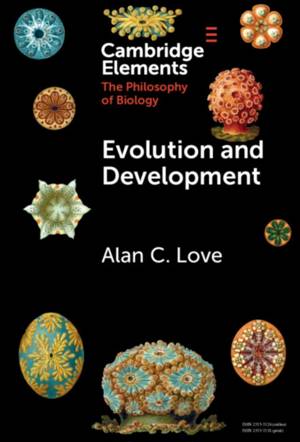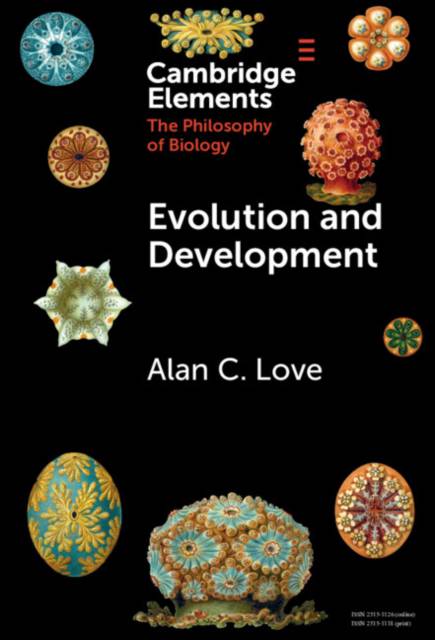
- Afhalen na 1 uur in een winkel met voorraad
- Gratis thuislevering in België vanaf € 30
- Ruim aanbod met 7 miljoen producten
- Afhalen na 1 uur in een winkel met voorraad
- Gratis thuislevering in België vanaf € 30
- Ruim aanbod met 7 miljoen producten
Zoeken
Omschrijving
The intersection of development and evolution has always harbored conceptual issues, but many of these are on display in contemporary evolutionary developmental biology (evo-devo). These issues include: (1) the precise constitution of evo-devo, with its focus on both the evolution of development and the developmental basis of evolution, and how it fits within evolutionary theory; (2) the nature of evo-devo model systems that comprise the material of comparative and experimental research; (3) the puzzle of how to understand the widely used notion of 'conserved mechanisms'; (4) the definition of evolutionary novelties and expectations for how to explain them; and (5) the demand of interdisciplinary collaboration that derives from investigating complex phenomena at key moments in the history of life, such as the fin-limb transition. This Element treats these conceptual issues with close attention to both empirical detail and scientific practice to offer new perspectives on evolution and development. This title is also available as Open Access on Cambridge Core.
Specificaties
Betrokkenen
- Auteur(s):
- Uitgeverij:
Inhoud
- Aantal bladzijden:
- 98
- Taal:
- Engels
- Reeks:
Eigenschappen
- Productcode (EAN):
- 9781009468022
- Verschijningsdatum:
- 7/03/2024
- Uitvoering:
- Hardcover
- Formaat:
- Genaaid
- Afmetingen:
- 152 mm x 229 mm
- Gewicht:
- 303 g

Alleen bij Standaard Boekhandel
+ 209 punten op je klantenkaart van Standaard Boekhandel
Beoordelingen
We publiceren alleen reviews die voldoen aan de voorwaarden voor reviews. Bekijk onze voorwaarden voor reviews.











